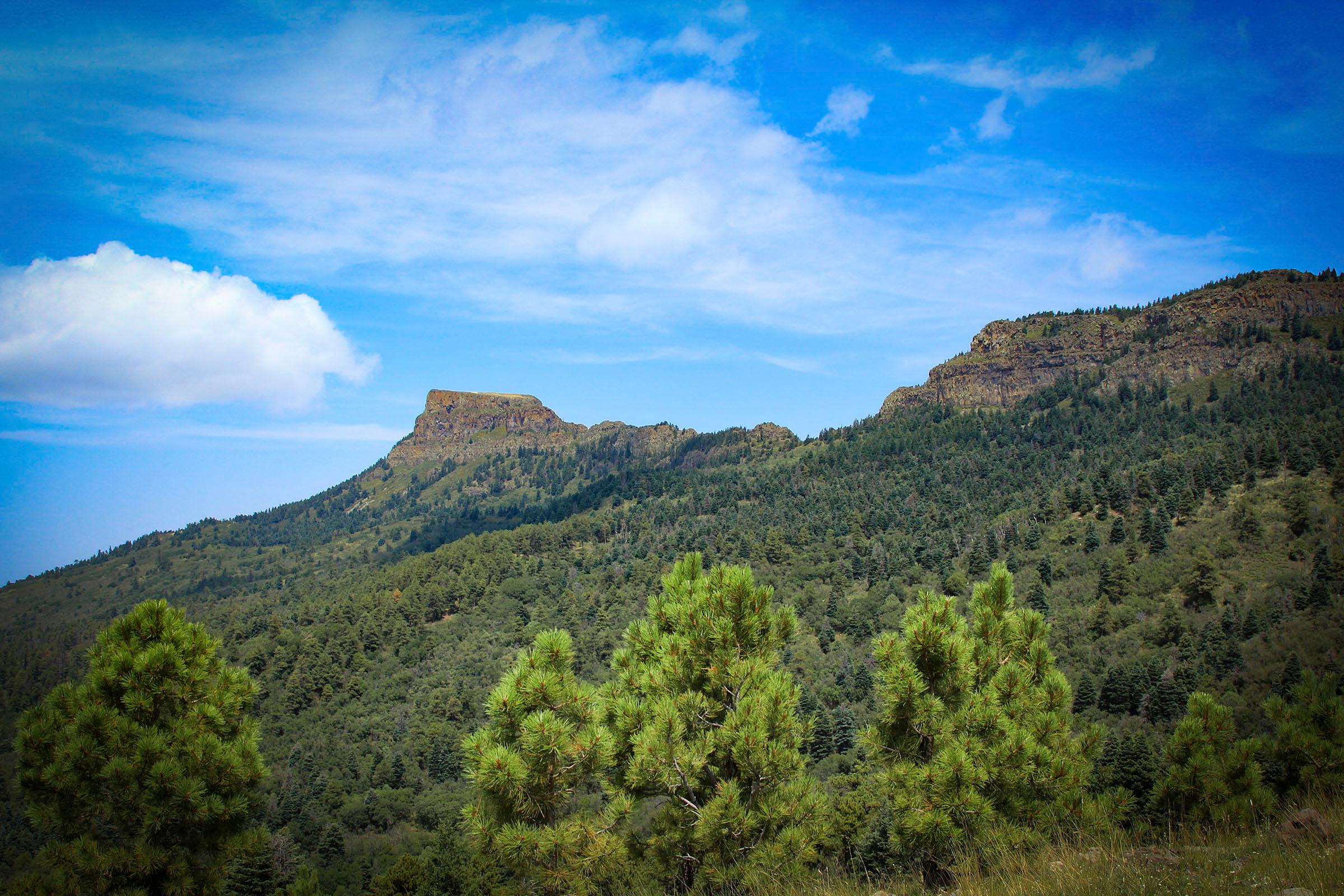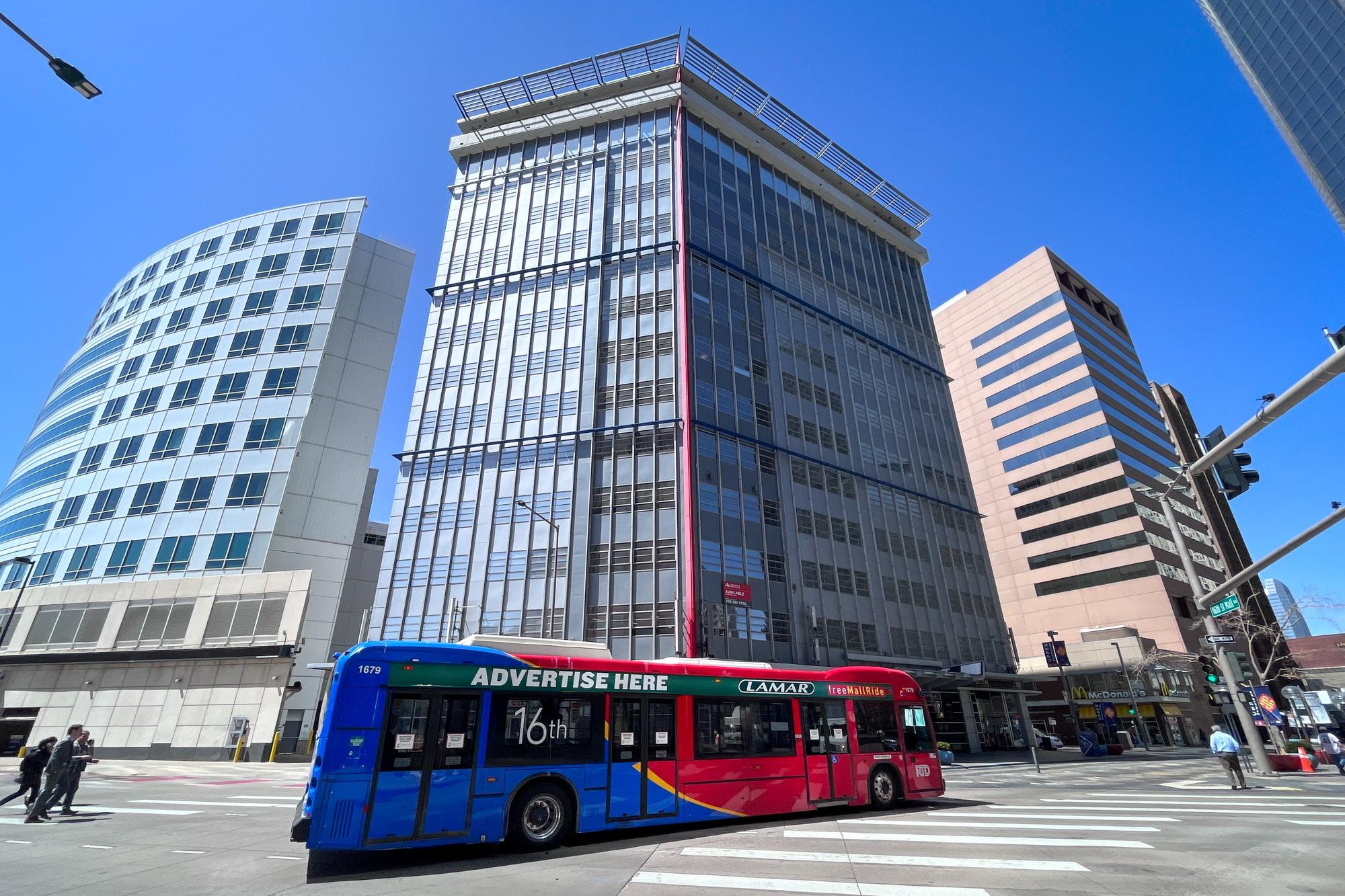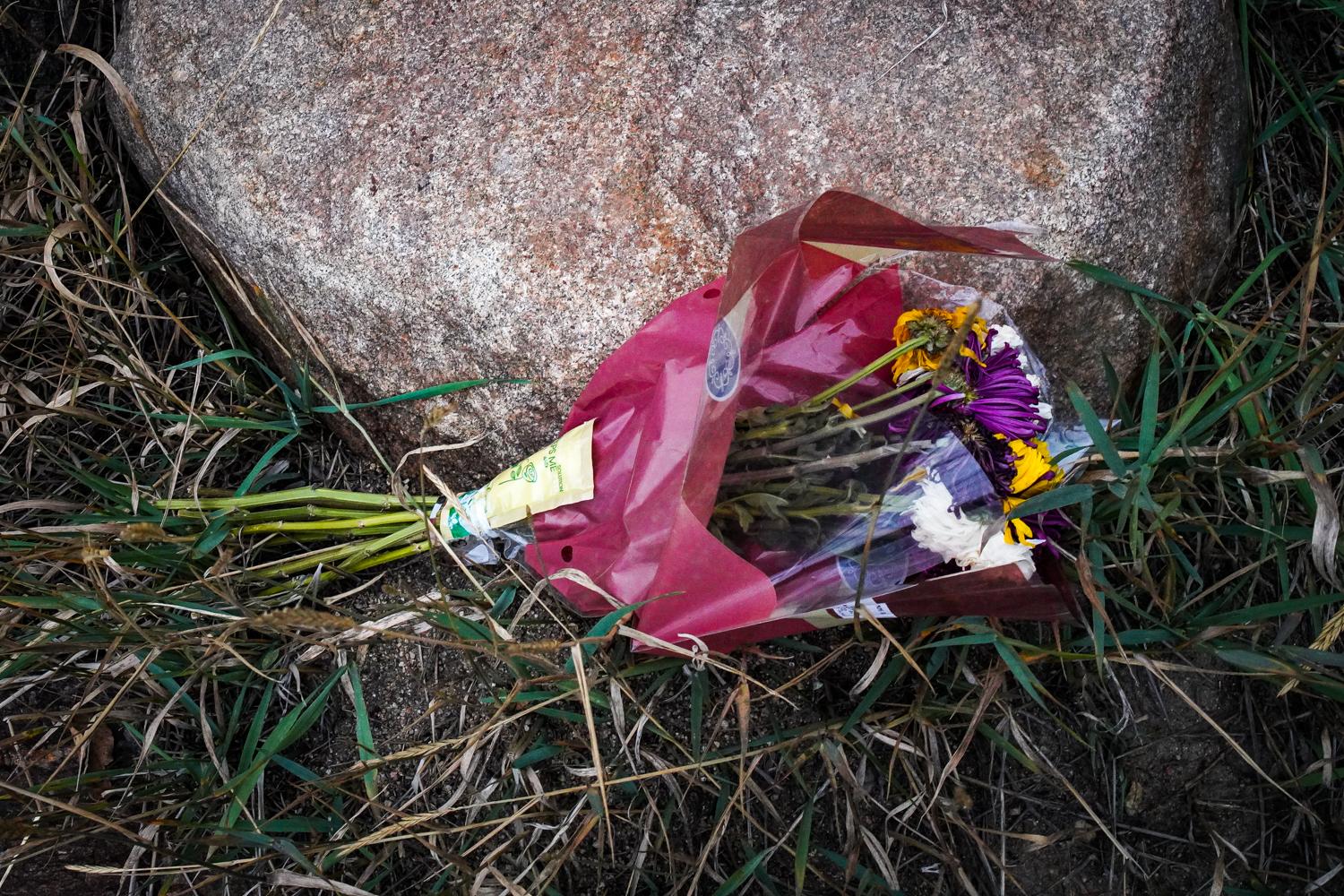
It’s been nearly four years since Gov. Jared Polis established Fishers Peak in Trinidad as Colorado’s 42nd state park. Since then, 13 miles of hiking and biking trails have opened to visitors. The current trail system occupies 1,000 acres out of the 20,000-acre property, merely scratching the surface of Colorado’s second-largest state park.
Development plans are in the works, with a master plan released last fall calling for a total of 85 to 100 miles of trail and amenities like campsites, cabins, and an equestrian park.
Kevin Shanks, the project manager for the master plan, said Fishers Peak State Park will have a bit more of a backcountry feel when compared to other state parks. And, he said, construction on the trail to the actual peak will continue through this summer and fall, "with the intention of finishing the trail to the peak by late fall before the snow starts."
Fishers Peak State Park manager Crystal Dreiling said that the park’s opening in 2020 came at a quick pace.
“Rapid assessment of all our resources out here and then minimal construction and opening up trails in less than a year from the time that we purchased the property in 2020 was quite the lift,” she said.
That’s not to say they’re planning on slowing down.
“The number one challenge is funding for these projects. It’s not my intention to waste any time,” Dreiling said. “So far all of our steps toward development have been stacked on top of each other so we’ve not had a lull in the work we’re doing out here since we purchased the property.”
She said the park’s rugged and remote nature means development is going to be more expensive and challenging. Dreiling expects the project to take 15 years, and they need to consider things like weather, funding, and ensuring habitat and species protection when planning any development.
“You don’t build a road before you put in your utilities. You don’t put in your utilities until you have all the information…There’s a lot of layers of planning and design before you actually break ground on something like this,” Dreiling said.
A closure around the peak will remain in effect until Aug. 1 while trail work leading up to the peak closure area continues through July. Starting in August, Dreiling and her team will work toward the goal of getting visitors to the top.
Editor's note: This story has been edited for clarity surrounding the height of the landmark.









